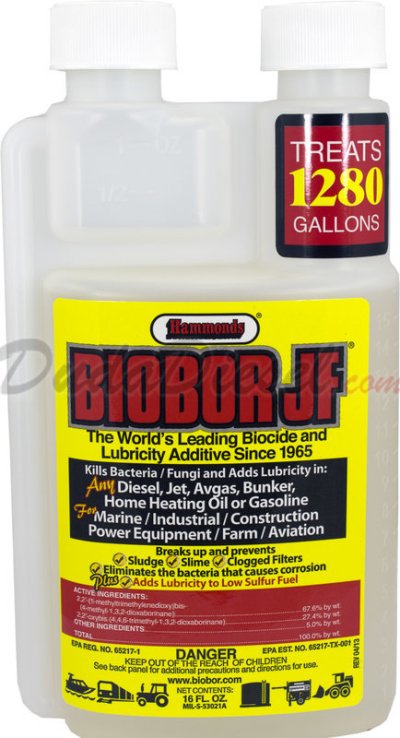Dougcole
Guru
Ditto, sorta. But first, assuming your Suzuki is one of the newer ones, it's a) fuel-injected, and b) two cylinder. Both might be important distinctions.
Back to the regime. We can only get ethanol, so we've had to adjust our plan to that. Our one-cylinder two-stroke 5-hp Johnson (Suzuki) was susceptible to ethanol issues. Using the motor often, no problem at all.
But for longer period of disuse... No brand of stabilizer (including both types of Stabil) ever did squat. I usually let it run dry after use, but seemed to find no big difference between doing that and doing nothing. (I have more recently heard the theory about not running the carb dry, though, and would think there could be some factoid behind that. Certainly when gas dries, it can leave a kind of varnish... In any case, II noticed no particular difference.)
Anyway, we eventually started siphoning out any remaining gas after 3 weeks of non-use. Period. That pretty much ended the problems.
Starting over with fresh (ethanol) gas seems to work pretty well. Even if a little of the old remains in the onboard tank or in the external tank, that seems to become diluted enough with new gas so the carb and the one-cylinder motor can deal with it.
With our newer 15-hp Suzuki fuel-injected two-cylinder 4-stroke... so far no problems. But I've still been sticking to the recycle routine out of habit, so not sure I can say the fuel injection or the two cylinder might be part of the solution or not.
I do remember back 60 years ago or so, we never worried about the gas in our outboards. Didn't matter if it was a year old or more, didn't matter if the motor hadn't been used in 6 months or whatever, it'd start and it'd run.
Now? Not so much. At least with the smaller carbureted motors.
-Chris
You're right, my Suzuki is fuel injected. I forgot about that.

 Could not agree more.
Could not agree more. 



